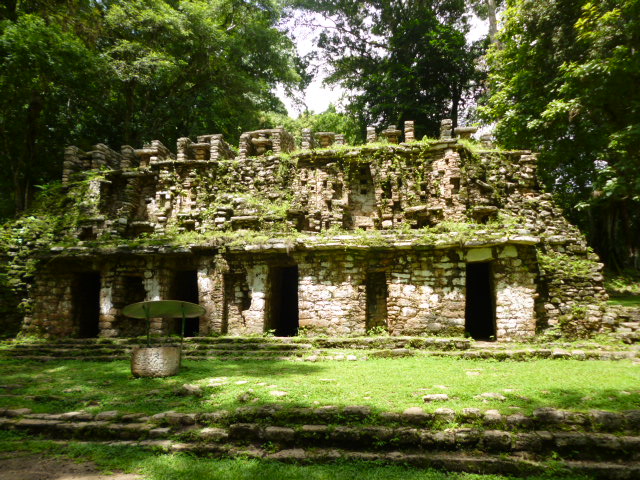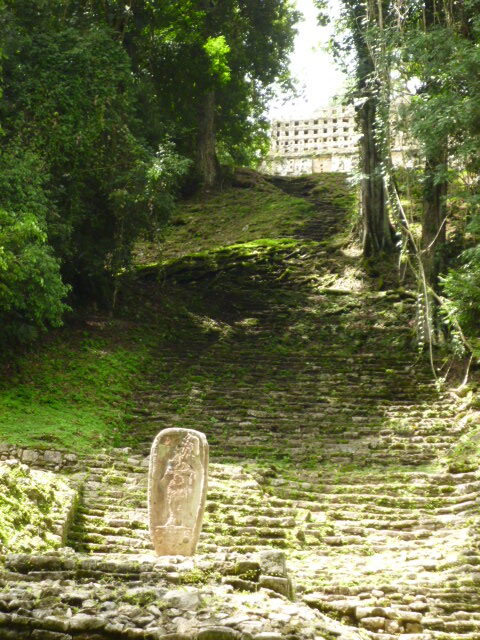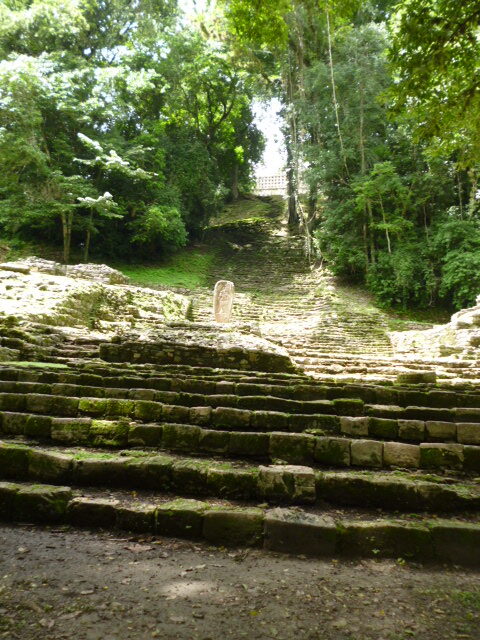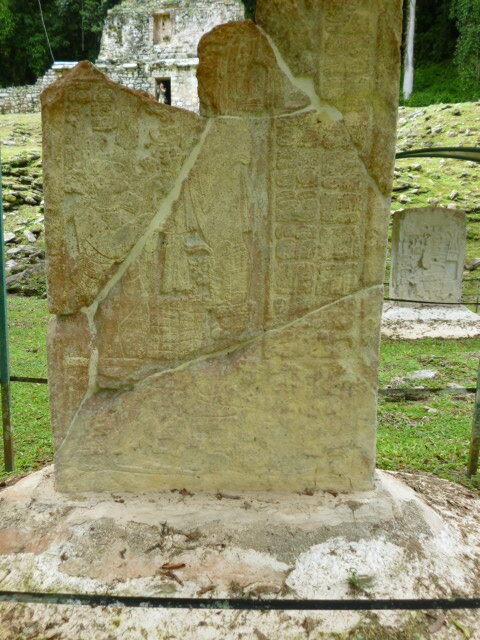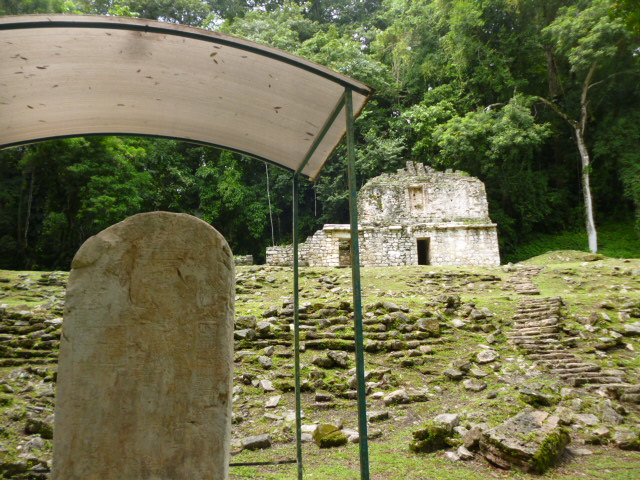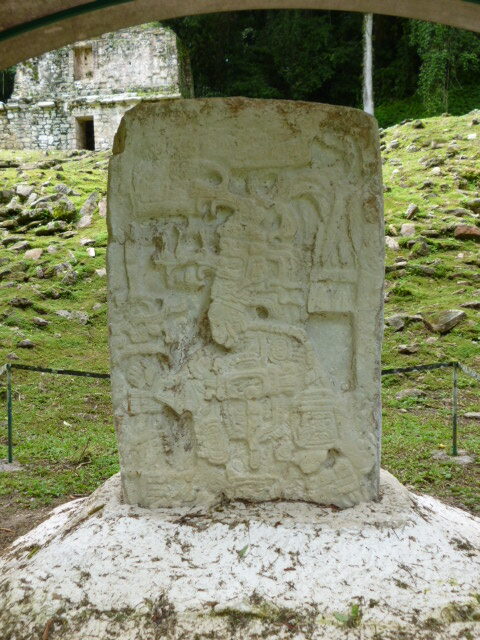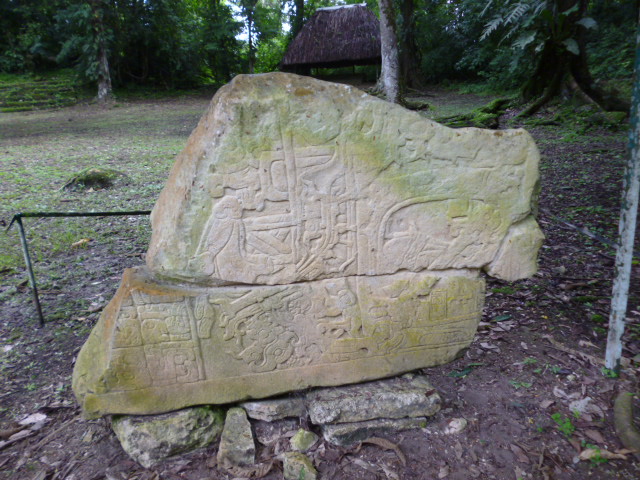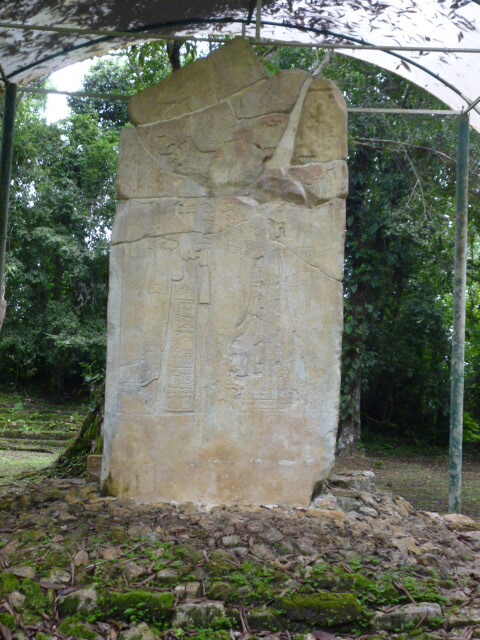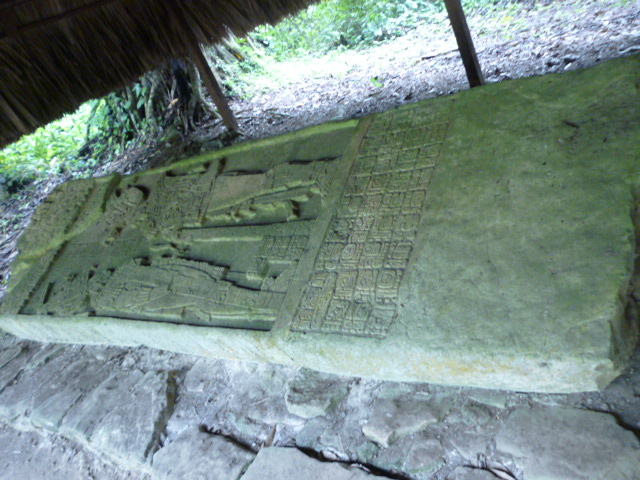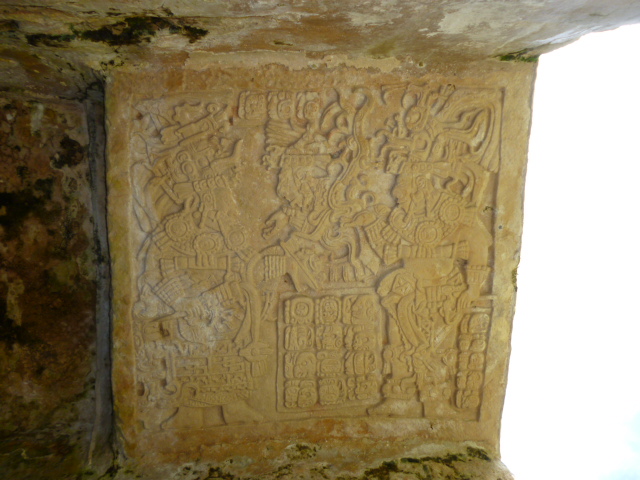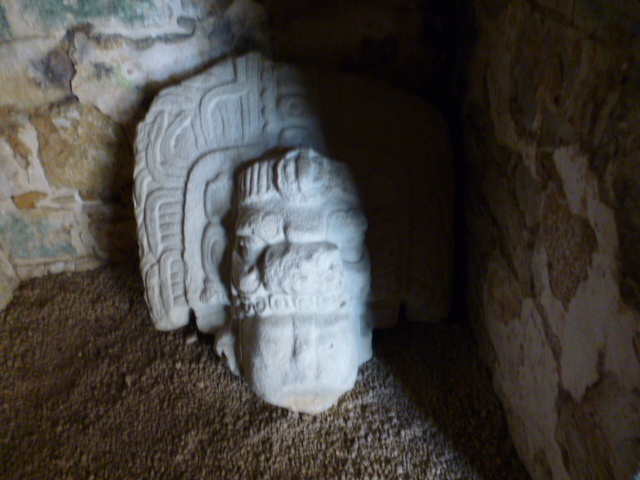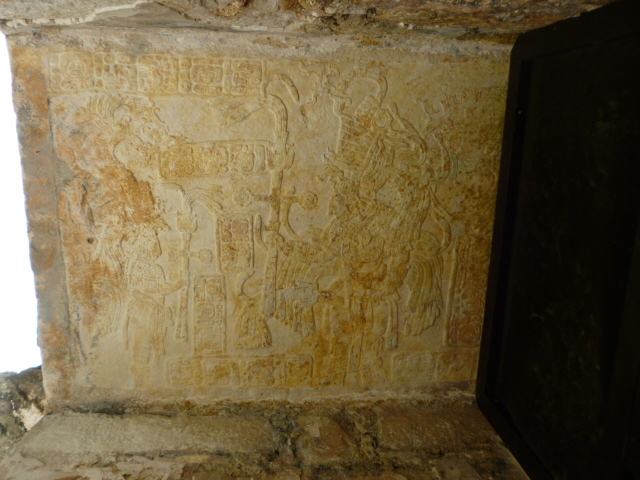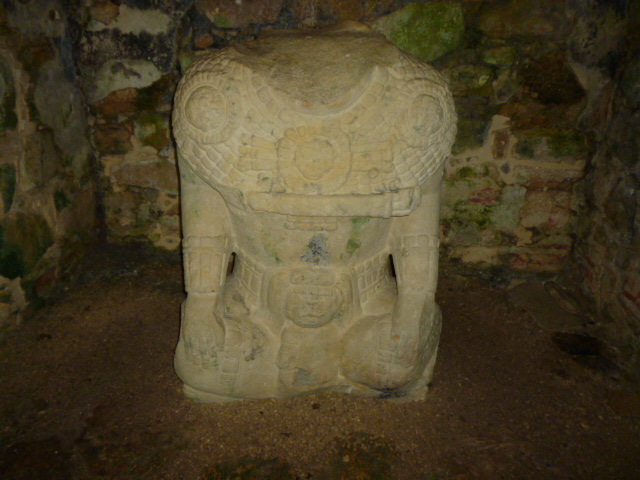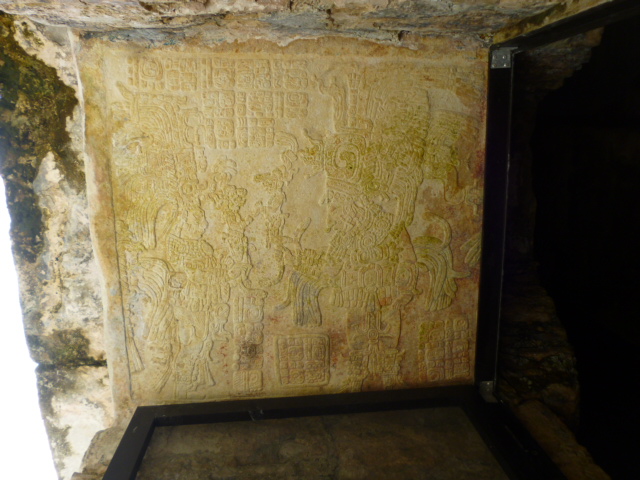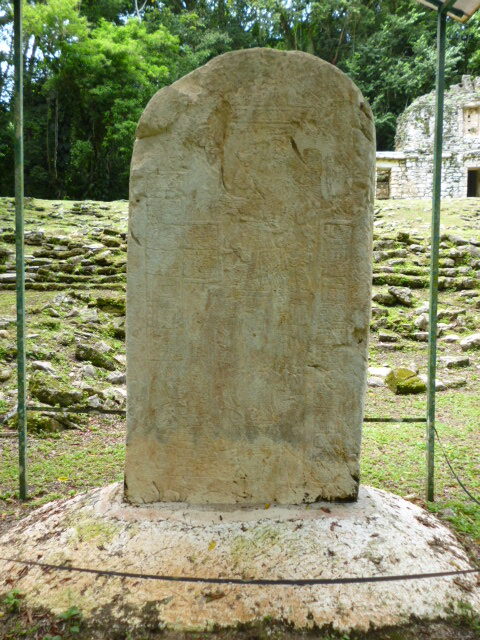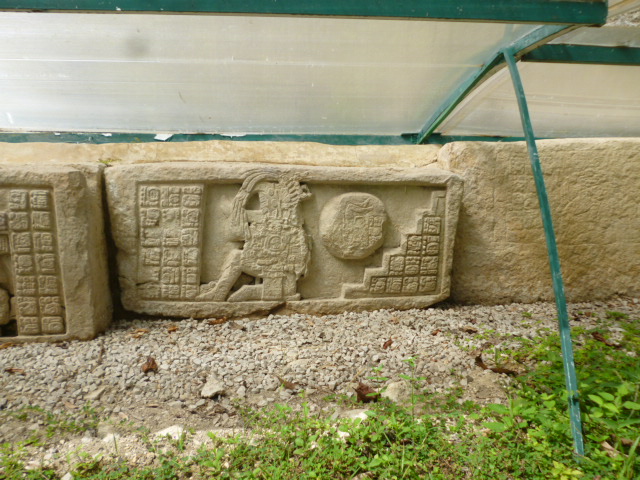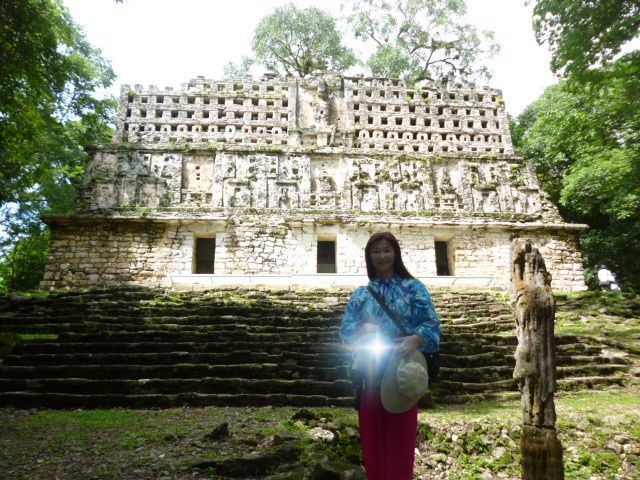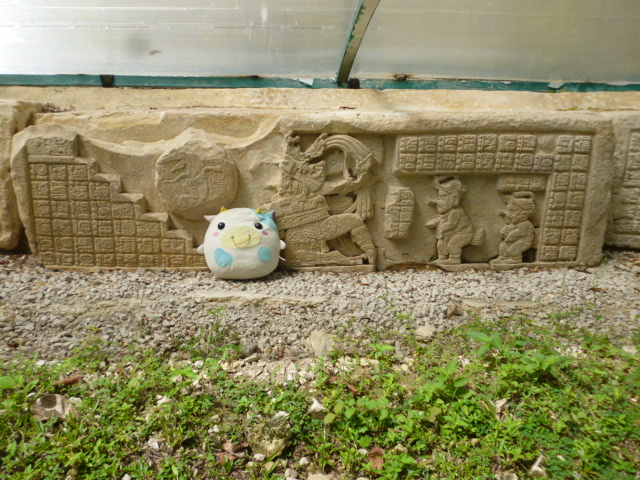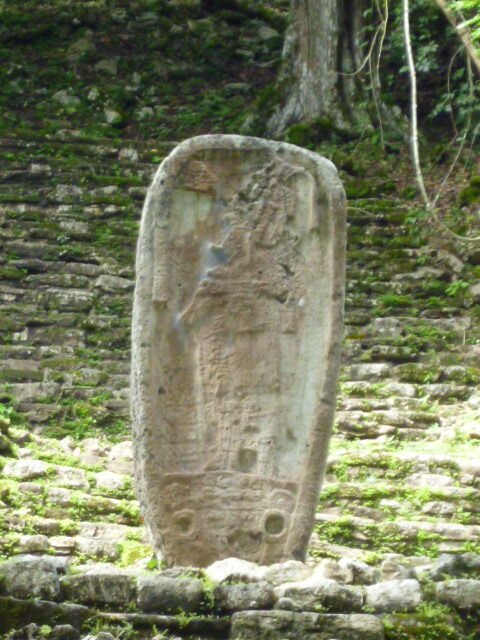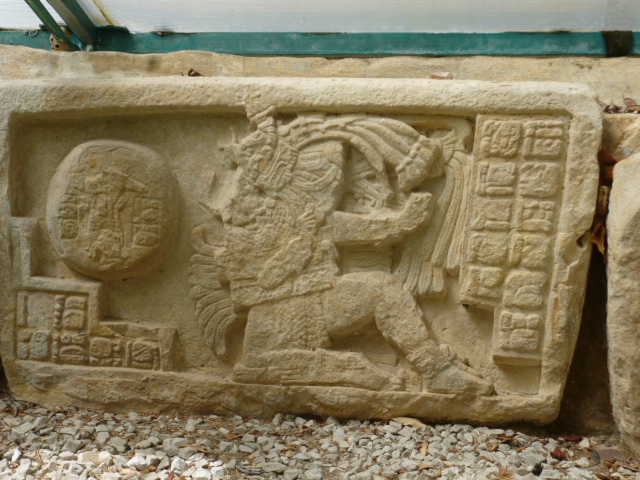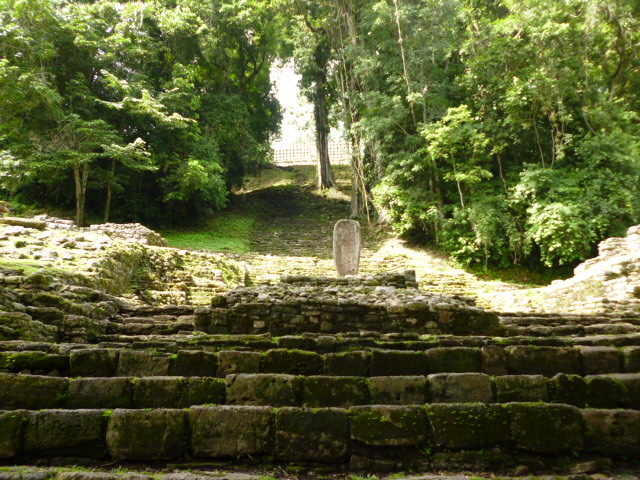I traveled to the Mayan ruins of Mexico for two weeks from late October to early November 2017.

2017年10月下旬~11月上旬の2週間、メキシコのマヤ文明遺跡を旅しました。
Above all, I searched for a tour to visit the Yashturan ruins and applied for it.
なかでも、ヤシュチュラン遺跡を訪問するツアーを探して、申し込みました。
♪Yashchilan Ruins
Yaxchilan is a city ruin of the classical Maya civilization in the upper reaches of the Usumacinta River. In particular, it is famous for its 58 lintels engraved with the figure of the king and inscriptions.
It belongs to the state of Chiapas in the United States of Mexico, and the opposite bank across the Usumacinta River is the Peten Department of the Republic of Guatemala.
Has a reputation for high relief artistry.
♪ヤシュチラン遺跡 とは?
ヤシュチラン(Yaxchilan)は、ウスマシンタ川上流域にある古典期マヤ文明の都市遺跡。特に、王の姿や碑文が刻まれた58個ものリンテル(まぐさ石)で名高い。
メキシコ合衆国チアパス州に属し、ウスマシンタ川を挟んで対岸はグアテマラ共和国ペテン県です。
レリーフの芸術性の高さに定評があります。
What is the location of the Yashturan ruins on the map?
ヤシュチュラン遺跡の地図上の位置は?
A 2-hour car, a 1-hour boat, and ascend to the upper reaches of the jungle along the river from the hotel where you stayed. The ruins are located in the middle of the jungle jungle.
宿泊したホテルから2時間車、1時間船、国境を分かつ川沿いにジャングルの上流へと昇っていく。 遺跡はジャングル密林の真っただ中に位置しています。
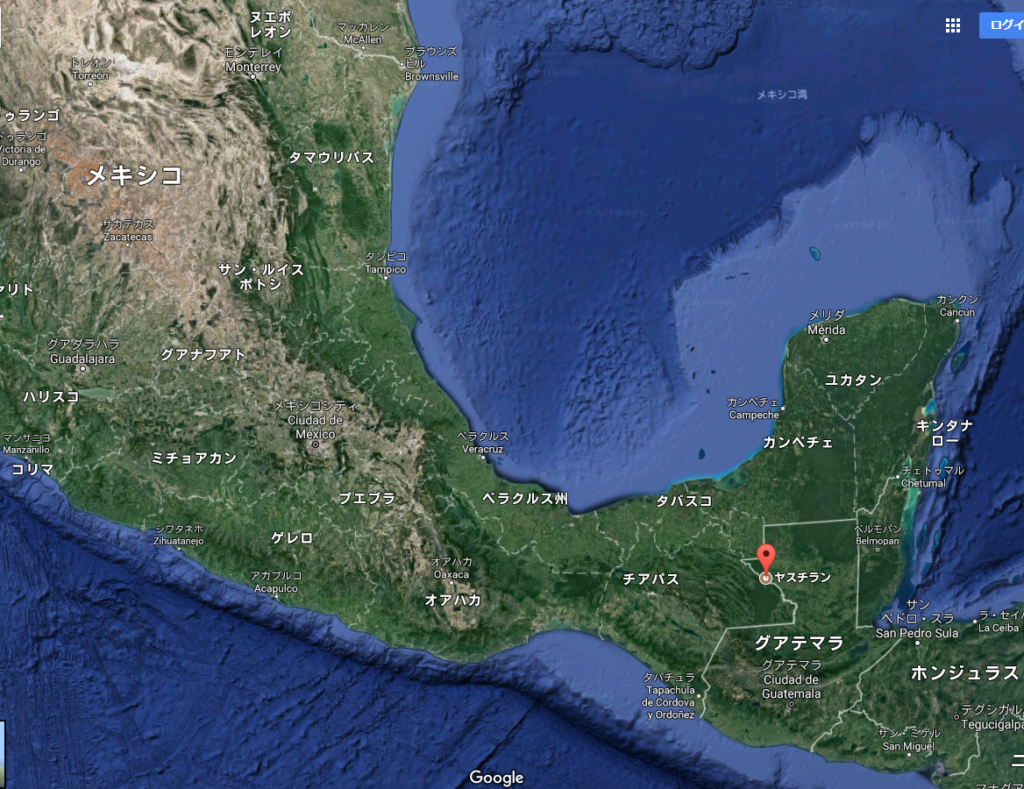
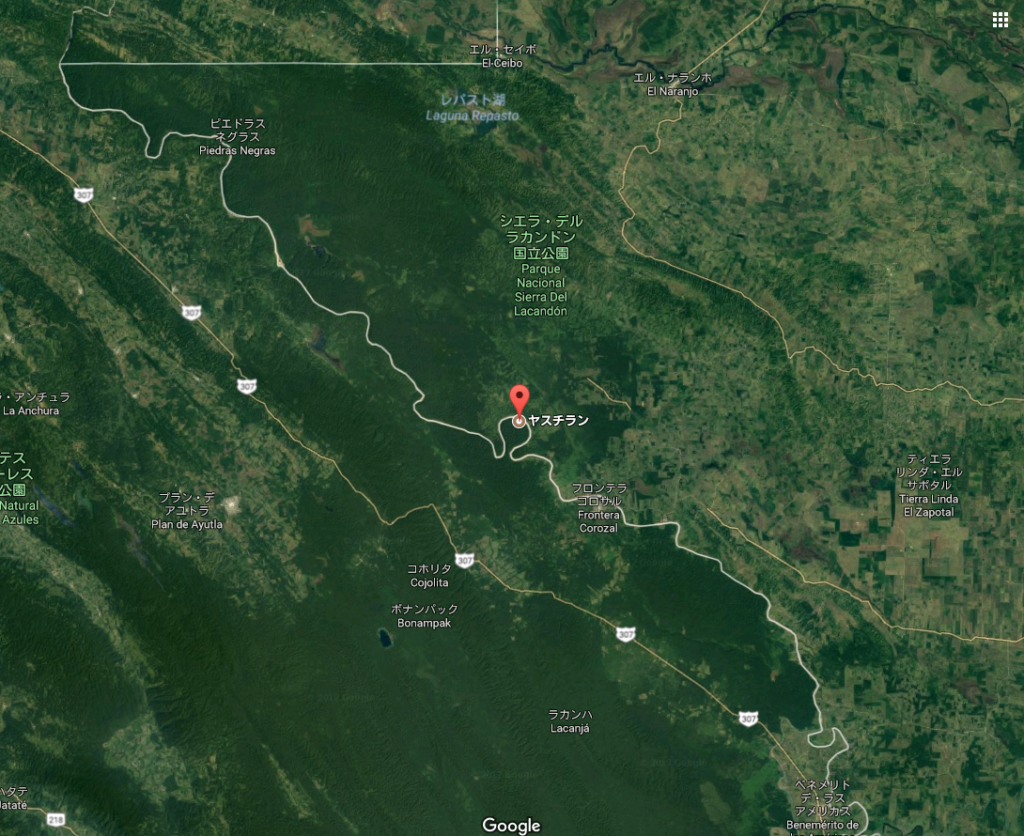
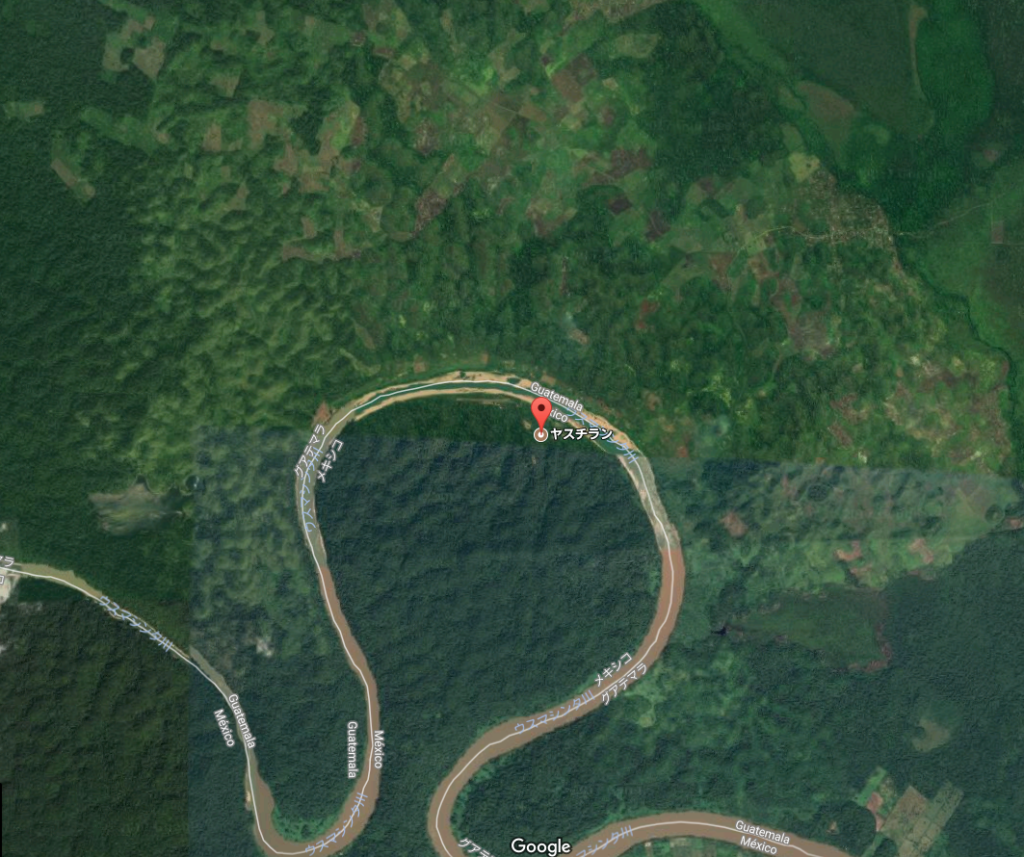
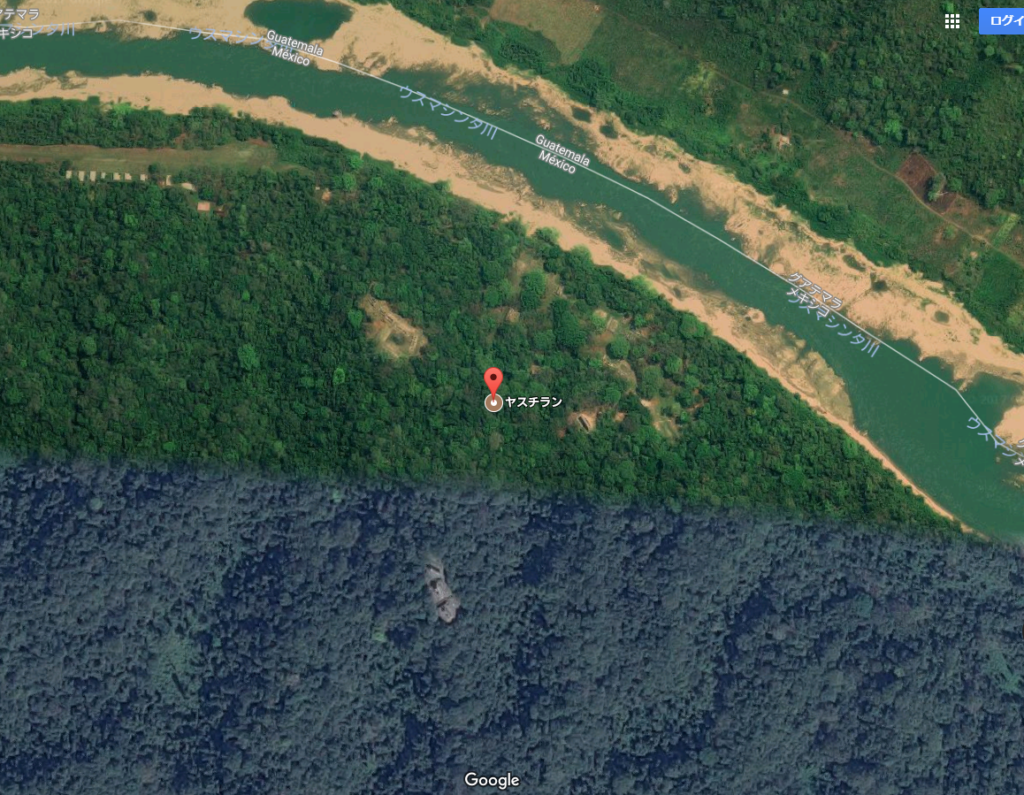
Wikipedia
Yaxchilan (pronounced [ʝaʃtʃiˈlan]) is an ancient Maya city located on the bank of the Usumacinta River in the state of Chiapas, Mexico.
In the Late Classic Period Yaxchilan was one of the most powerful Maya states along the course of the Usumacinta River, with Piedras Negras as its major rival.
Architectural styles in subordinate sites in the Usumacinta region demonstrate clear differences that mark a clear boundary between the two kingdoms.
Yaxchilan was a large center, important throughout the Classic era, and the dominant power of the Usumacinta River area.
It dominated such smaller sites as Bonampak, and had a long rivalry with Piedras Negras and at least for a time with Tikal; it was a rival of Palenque, with which Yaxchilan warred in 654.
The site is particularly known for its well-preserved sculptured stone lintels set above the doorways of the main structures.
These lintels, together with the stelae erected before the major buildings, contain hieroglyphic texts describing the dynastic history of the city.
Wikipediaより引用
ヤシュチラン(Yaxchilan)は、ウスマシンタ川上流域にある古典期マヤ文明の都市遺跡。特に、王の姿や碑文が刻まれた58個ものリンテル(まぐさ石)で名高い。
メキシコ合衆国チアパス州に属し、ウスマシンタ川を挟んで対岸はグアテマラ共和国ペテン県となる。
サリナス川とパシオン川が合流しウスマシンタ川を形成する地点からおよそ90キロメートルほど下流に位置し、さらに40キロメートルほど下流には長年ライバル関係にあったピエドラス・ネグラスが存在した。
川が大きく湾曲しオメガ状のカーブを形成し、カーブの内側の直径3.5キロメートルほどの区域に遺跡がある。
神殿が立ち並ぶ遺跡の中核部(大広場)は川に面した幅100メートルで長さ1キロメートルほどの狭い人工のテラス上に建設されており、残りの主要な建造物はテラスの裏にあるカルスト地形の丘の斜面や頂上に建っている。
現在一般的に用いられているヤシュチランという名称はオーストリア人探検家テオベルト・マーラーが命名したもので、マヤ語で「緑の石」を意味する。
マーラー以前にこの遺跡を訪れたエドウィン・ロックストローやイギリス人探検家アルフレッド・モーズレーはMenchéまたはMenché Tinamit(メンチェー・ティナミット。
Menchéはマヤ語で「若い森」、Tinamitはナワトル語で「都市」の意味。Menchéは現地に住んでいたラカンドン族の首長の名であった。)、フランス人探検家デジレ・シャルネーはLa Ville Lorillard(「ロリヤールの都市」の意味。
後援者であったタバコ商人ピエール・ロリヤール4世の名をつけた。)と、それぞれ異なった名称をつけている。
また、紋章文字の解読から古代のヤシュチランは、Pa’chan(パ・チャン、割れた空)と呼ばれていたことが判明している。
History
Yaxchilan has its origins in the Preclassic Period.
A large part of what is known of the Classic Period history of the city comes from the hieroglyphic texts of the kings who ruled during its Late Classic apogee, one of the most important of which is Hieroglyphic Stairway 1.
Some retrospective inscriptions appear to have been used to rewrite Yaxchilan’s dynastic history to suit king Bird Jaguar IV.
Before the rule of king Itzamnaaj Balam II, who reigned from 681 to 742, the city was relatively small.
The city-state then grew to a regional capital and the dynasty lasted into the early 9th century.
歴史
碑文に残る記録によると、359年に即位した「ヨアート・バラム1世」によって都市が創設されたとされる。
6世紀前半の10代目の王「結び目ジャガー2世」や11代目の王「キニチ・タトゥブ・頭蓋骨2世」の時代には、ピエドラス・ネグラスやボナンパクとの戦争に勝利し、中部低地の二大国であったティカルとカラクムルからも高位の貴族を捕虜にしている。
やがて、681年に即位する偉大な王「イツァムナーフ・バラム2世」の60年に及ぶ治世によって華々しい建築活動が行われるが、それまでの150年ほどについては後世に歴史の捏造が行われていたり、碑文の保存状態が悪いこともあり、詳しいことは分かっていない。
この歴史の空白期間の原因は、既に大都市に成長していたピエドラス・ネグラスに隷属していたとする説や、近隣の大都市であるパレンケやトニナーとの関係も指摘されている。
7世紀末から8世紀にかけての「イツァムナーフ・バラム2世」とその息子の「鳥ジャガー4世」の時代がヤシュチランの最盛期であり、ラカンハやボナンパクといった都市を従え、高い飾り屋根が特徴的な建造物33号など現在目にすることができる建造物の多くを建設し、芸術性に優れた多くの作品を残した。
その後、建設・芸術活動は衰退していき、808年にピエドラス・ネグラスへの勝利を記したリンテル10号がつくられてほどなくして、人口が激減し、やがて都市は放棄された。
